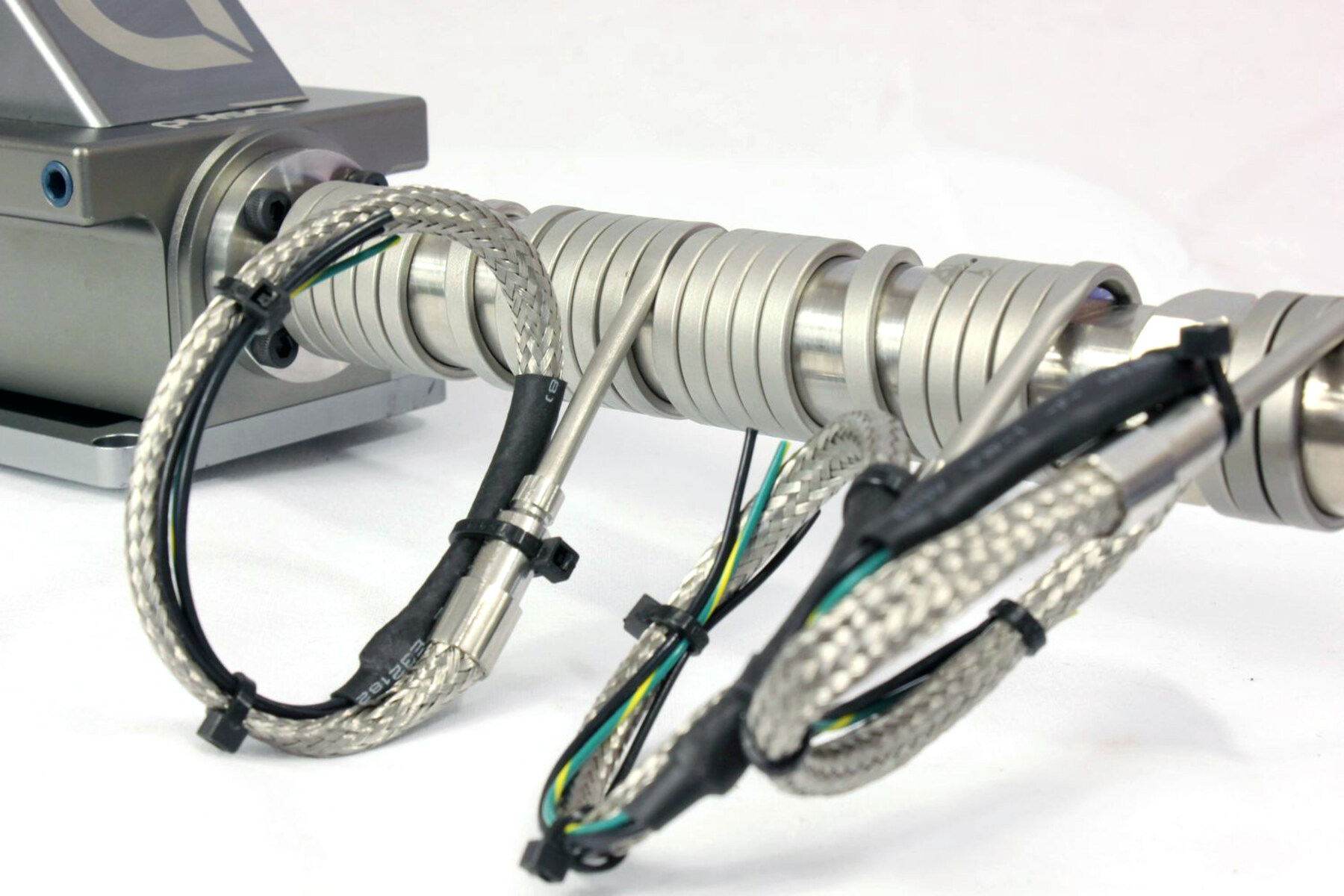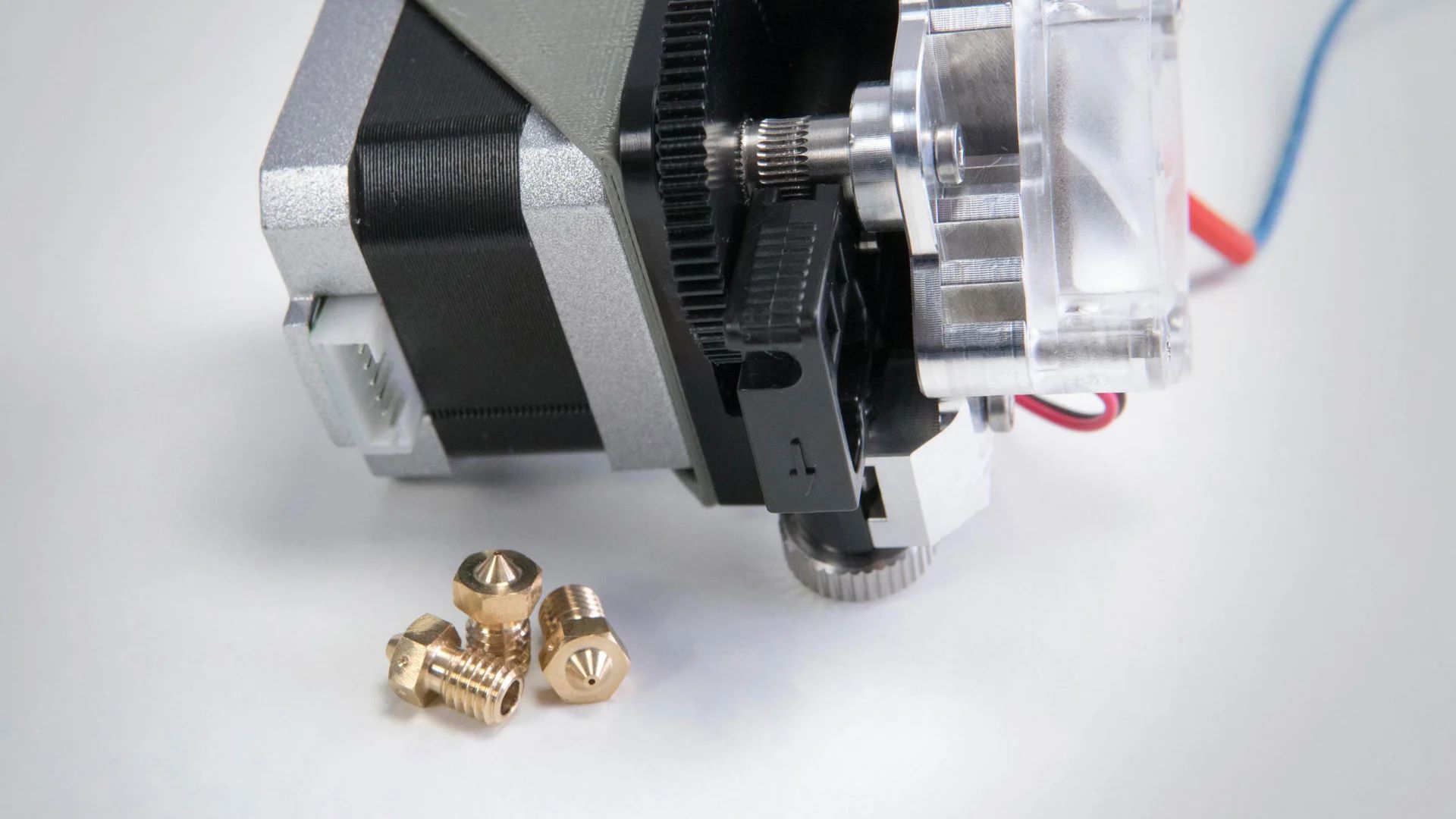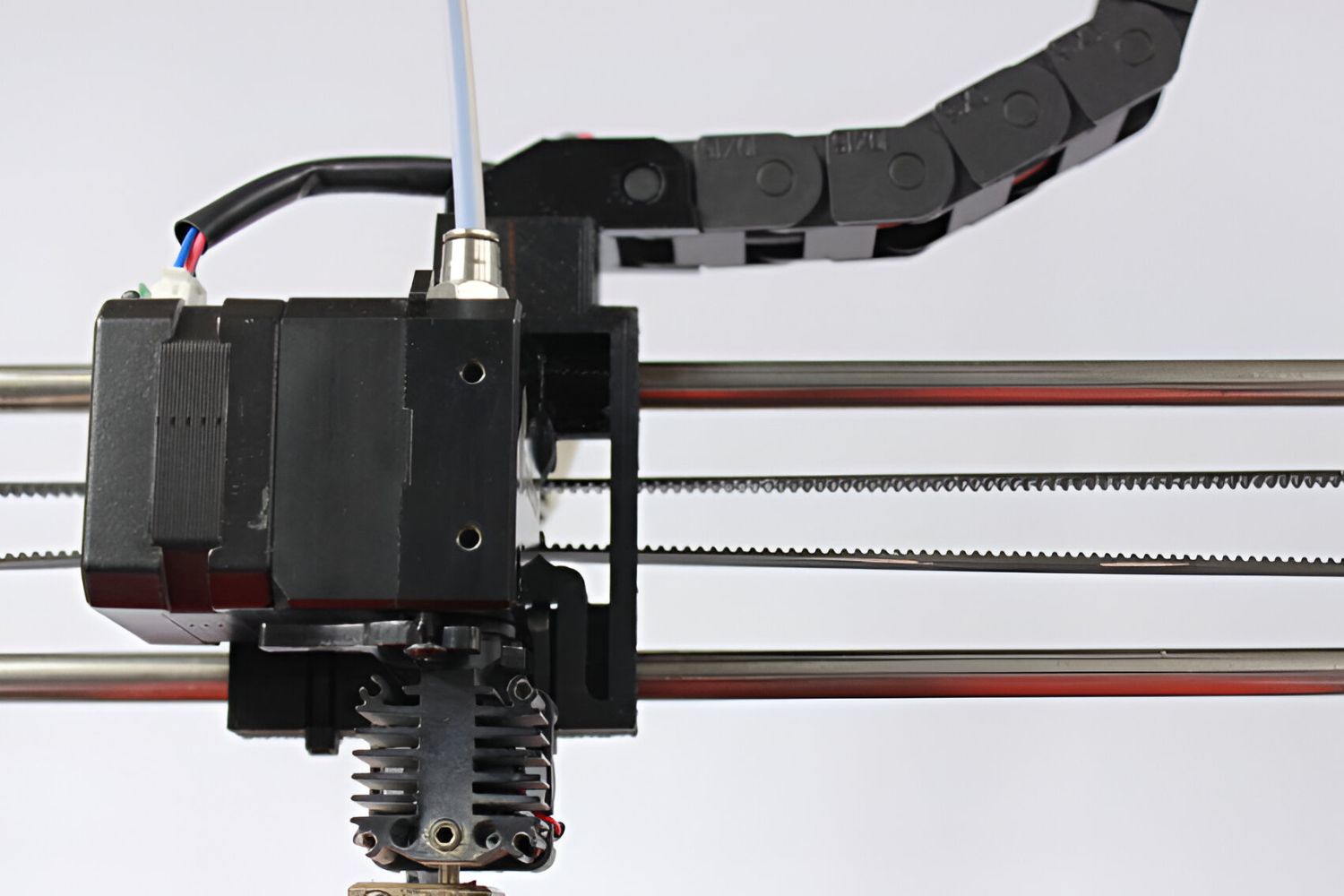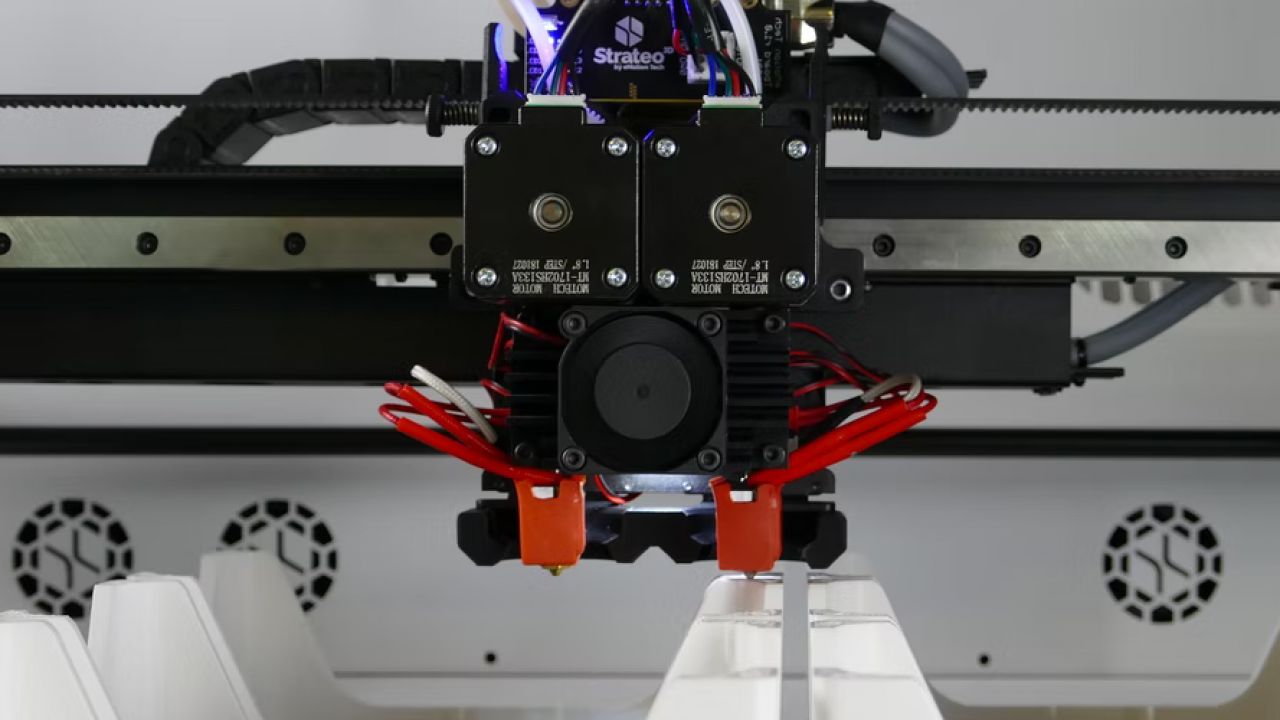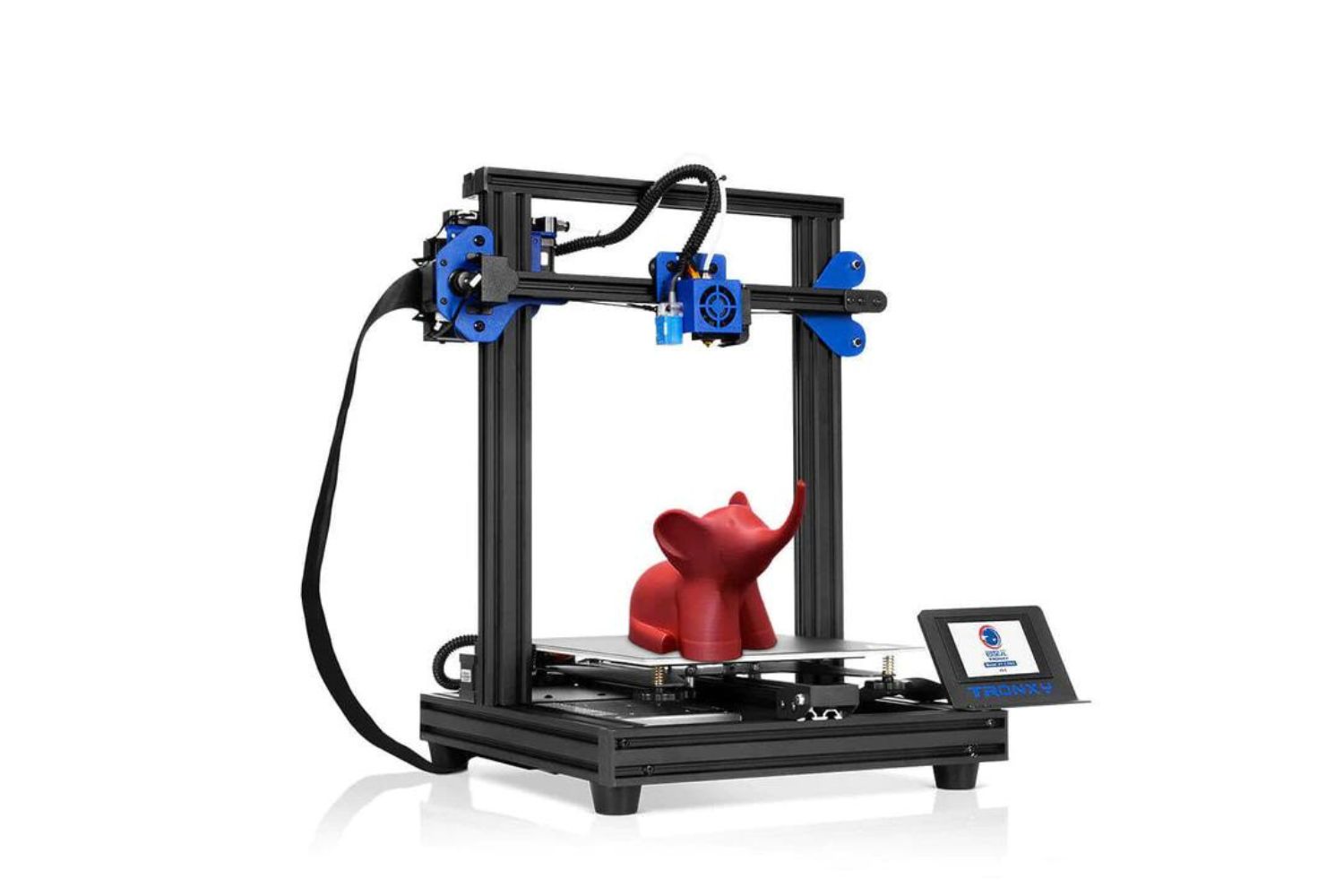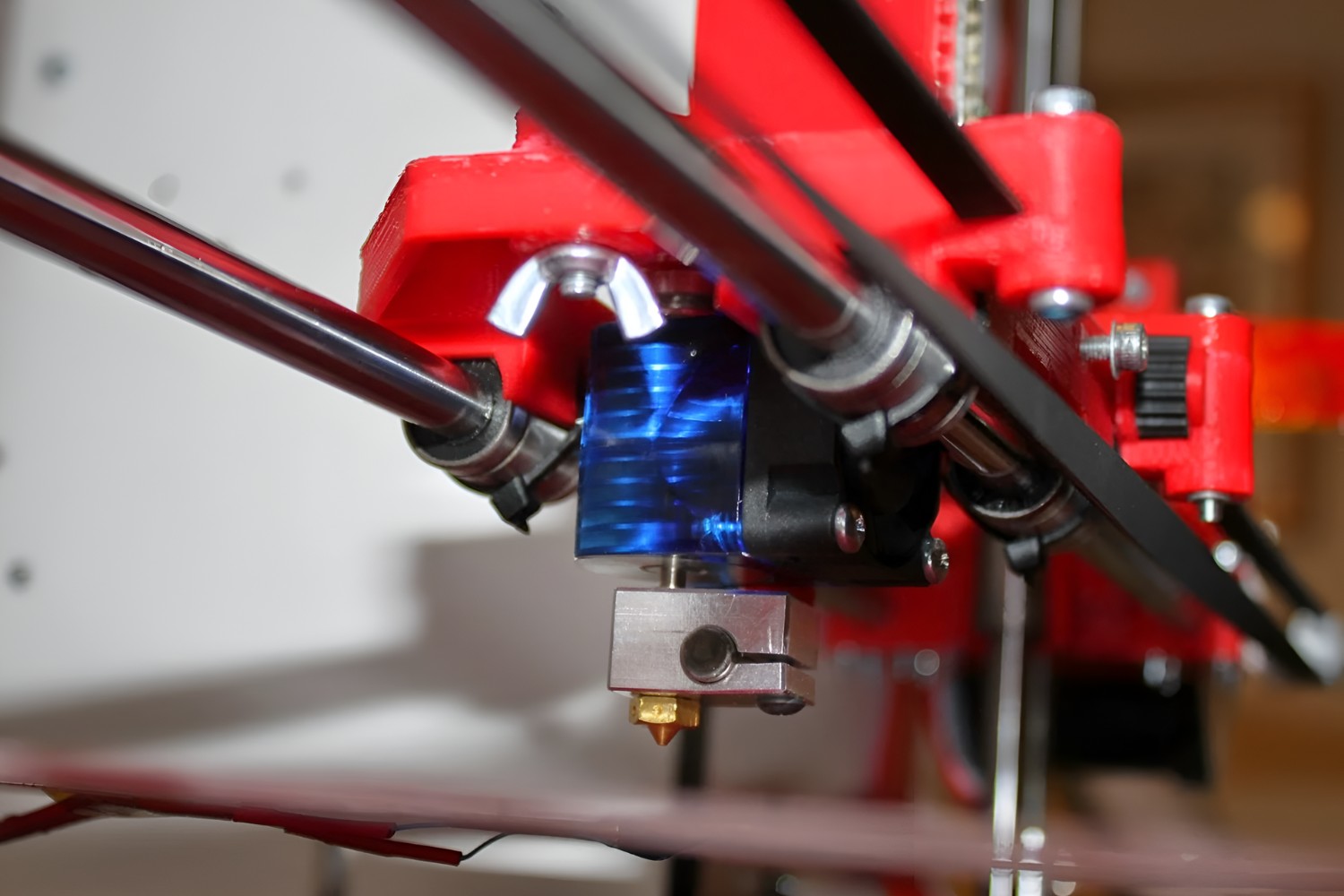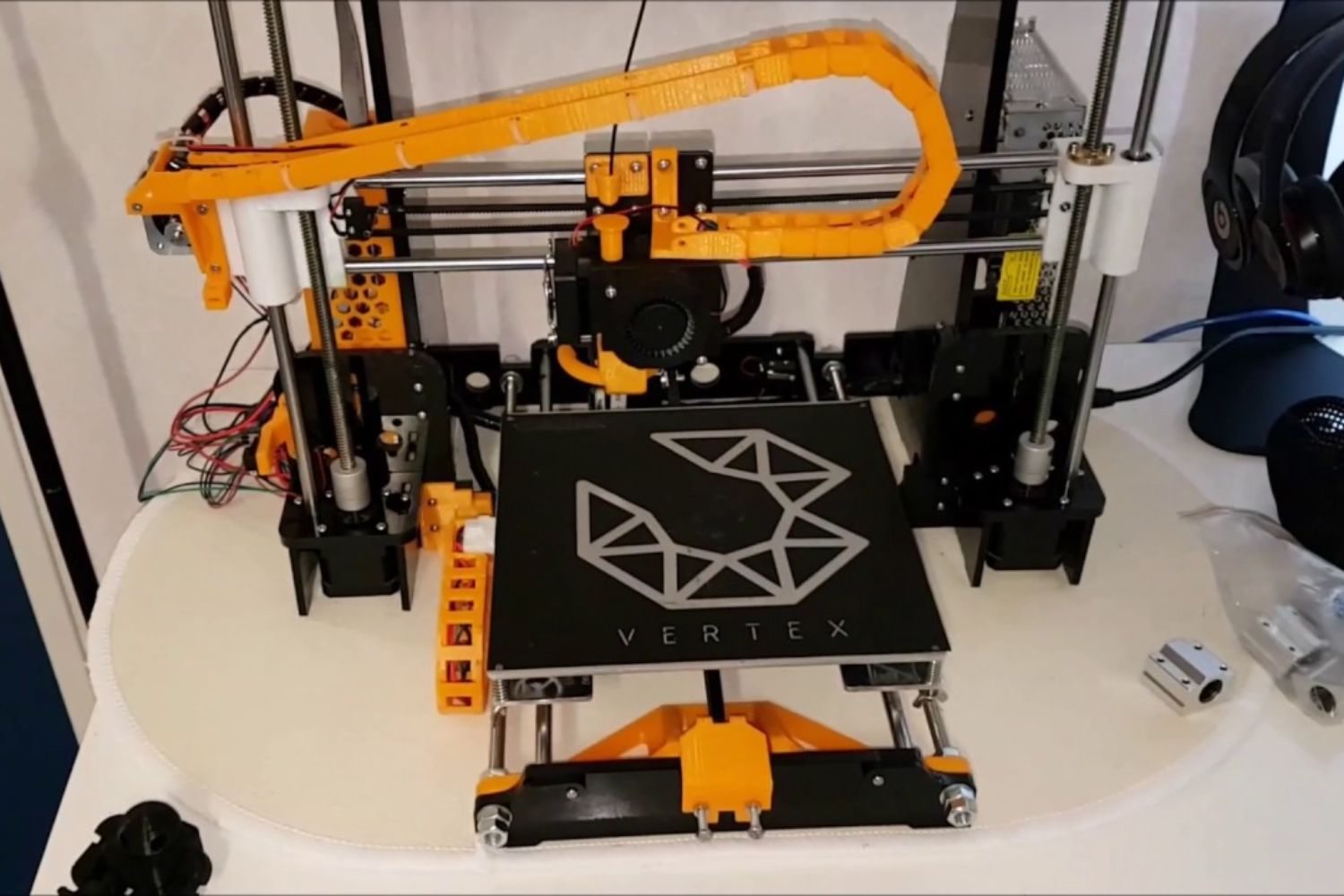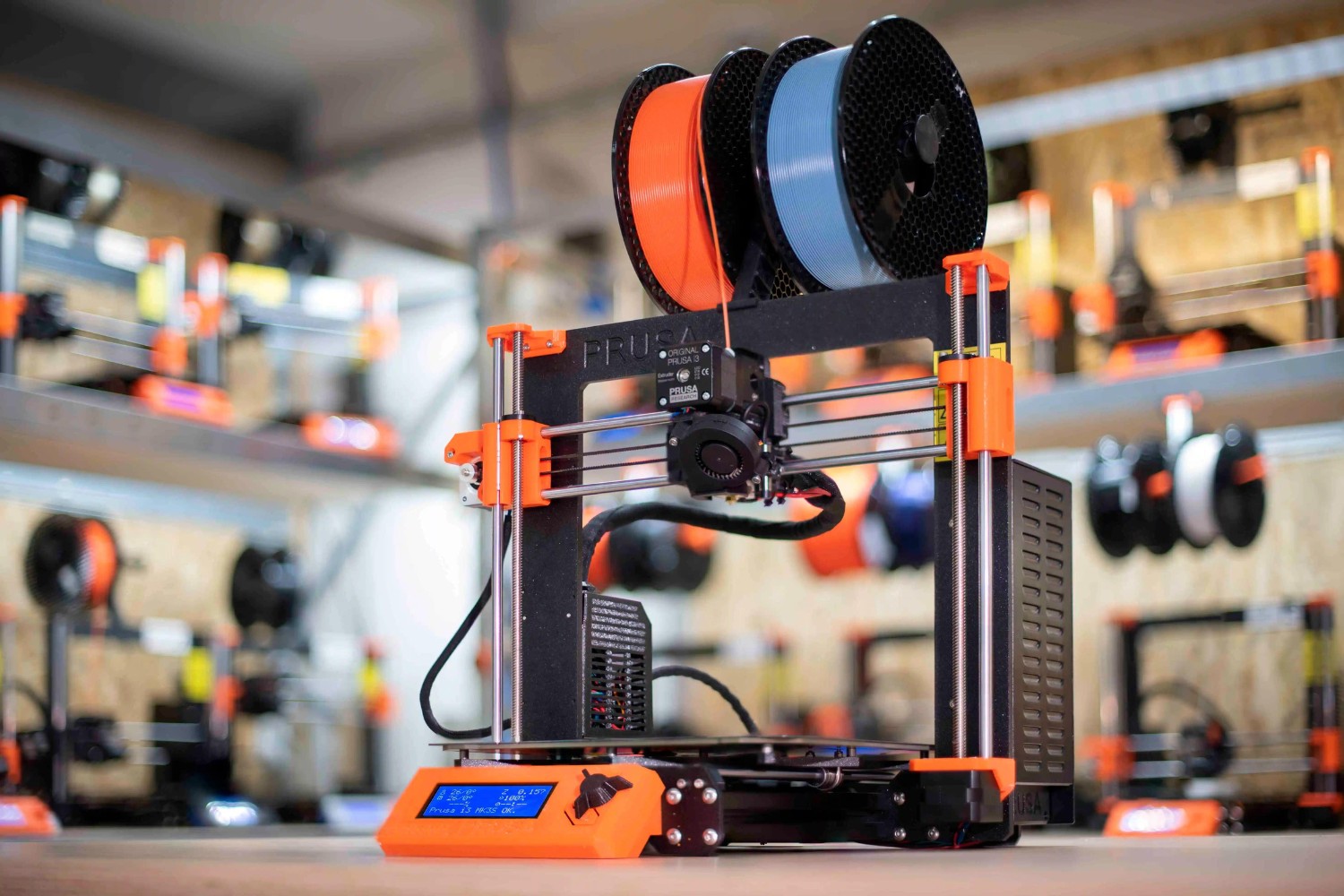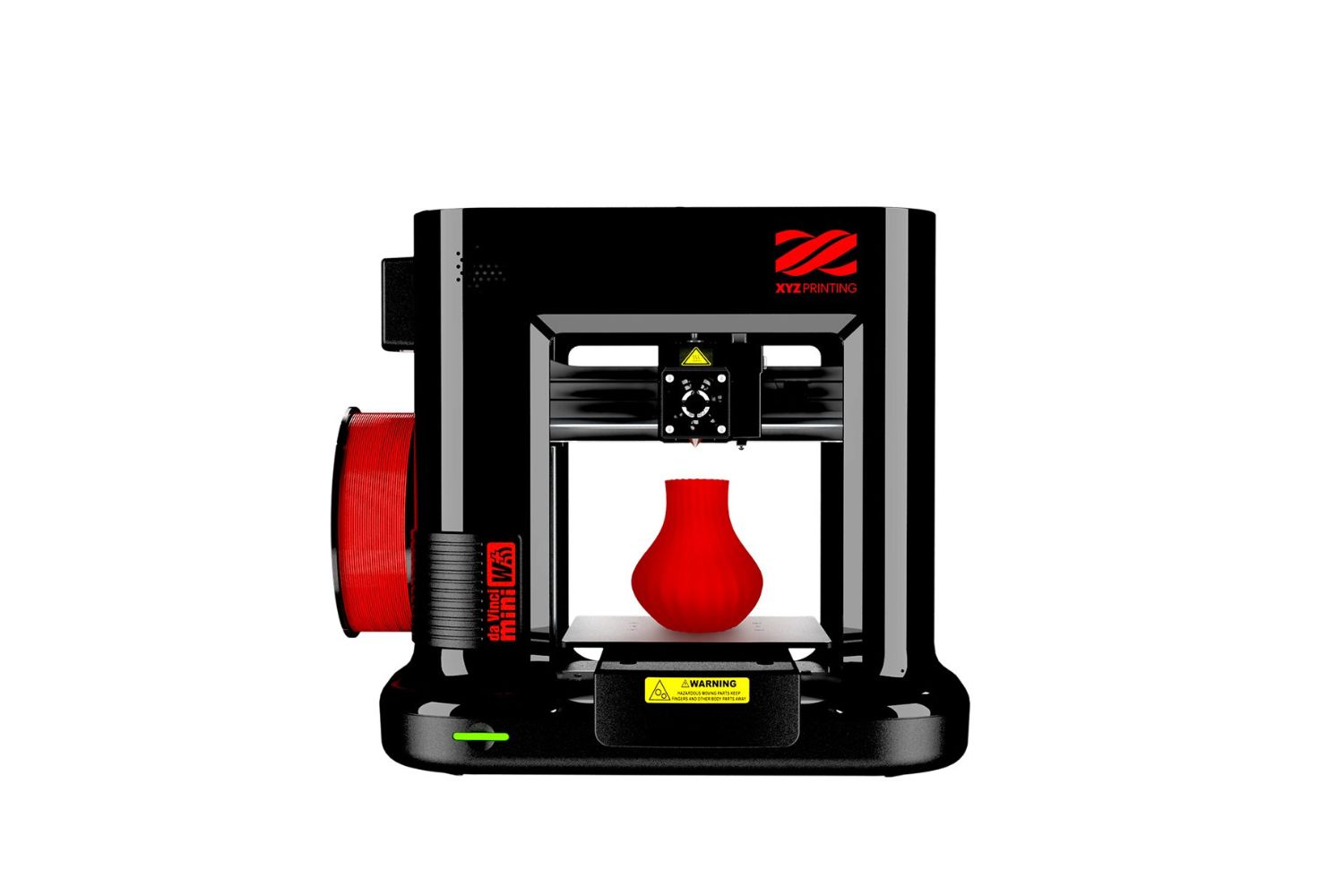Introduction
3D printing has revolutionized the manufacturing industry, allowing for the creation of complex, custom-made objects with incredible precision. At the heart of every 3D printer lies a key component called the heater cartridge. This essential component is responsible for heating the printer’s extruder, enabling it to melt and dispense the filament used to build the printed object layer by layer.
In this article, we will explore what exactly is inside a 3D printer heater cartridge and how it functions to provide the necessary heat for the printing process. Understanding the anatomy of a heater cartridge will not only give you insight into the inner workings of a 3D printer but also help you troubleshoot any issues that may arise during the printing process.
From the outer housing to the electrical components, we will delve into each component that makes up a heater cartridge, unraveling the technical details for a comprehensive understanding. So, if you’ve ever wondered what goes on inside this crucial piece of technology, let’s dive in and explore the wonders hidden within a 3D printer heater cartridge.
What is a 3D Printer Heater Cartridge?
A 3D printer heater cartridge is a small but integral component used in most 3D printers to heat the extruder. It is responsible for reaching and maintaining the desired temperature required to melt the filament material, enabling smooth and precise 3D printing.
The heater cartridge consists of several key elements that work together to generate the necessary heat. The primary component is the heating element, typically made of resistive wire wrapped around a ceramic or stainless steel core. This wire is specifically chosen for its ability to withstand high temperatures and provide consistent heating.
To control the temperature, a thermistor is attached to the heater cartridge. A thermistor is a temperature-sensitive resistor that measures the temperature and sends signals to the printer’s control board, allowing for accurate temperature regulation. This ensures that the filament is heated to the precise temperature required for optimal printing results.
The heater cartridge is housed in an outer casing, usually made of heat-resistant materials such as stainless steel or aluminum. This casing acts as a protective barrier, preventing any external debris or objects from interfering with the heating element or electrical components.
An electrical connector is also attached to the heater cartridge, allowing it to interface with the printer’s control board. This connector ensures a secure and reliable connection, enabling the printer to send power and temperature control signals to the heater cartridge.
Additionally, the heater cartridge is insulated to minimize heat loss and ensure that the generated heat is directed towards the extruder assembly. The insulation material is carefully selected to be both thermally efficient and resistant to high temperatures.
The wiring of the heater cartridge is another crucial aspect. Different wire gauges and materials are used depending on the specific printer model and requirements. The wiring connects the heating element and thermistor to the electrical connector, allowing for the transfer of power and temperature measurements.
Overall, the 3D printer heater cartridge is a critical component that plays a vital role in the 3D printing process. Its ability to efficiently and accurately heat the extruder allows for the successful creation of intricate and high-quality printed objects.
The Outer Housing
The outer housing of a 3D printer heater cartridge serves as a protective casing for the internal components. It is designed to withstand high temperatures and provide insulation, ensuring safe and efficient operation.
Typically made of heat-resistant materials such as stainless steel or aluminum, the outer housing protects the delicate internal components from external factors. This includes shielding the heating element, thermistor, and wiring from physical damage, such as accidental knocks or bumps during the printing process.
The outer housing also acts as a barrier against dust, debris, and contaminants that could potentially hinder the heater cartridge’s performance. By keeping the internal components clean and free from external interference, the outer housing ensures consistent heating and reliable temperature regulation.
Furthermore, the material used for the outer housing is chosen for its ability to withstand high temperatures. As the heater cartridge generates heat to melt the filament, the outer housing needs to effectively dissipate that heat without becoming too hot to handle. This prevents any damage to the printer assembly and ensures the safety of the user.
In addition to its protective properties, the outer housing of the heater cartridge is designed to be compact and seamlessly integrated into the 3D printer’s extruder assembly. Its size and shape are carefully considered to ensure a proper fit within the printer’s overall structure.
Overall, the outer housing of a 3D printer heater cartridge plays a vital role in protecting the internal components, allowing for safe and reliable operation. Its heat resistance, insulation, and compact design make it an essential part of the 3D printing process, contributing to the overall functionality and longevity of the printer.
The Heating Element
The heating element is the heart of a 3D printer heater cartridge, responsible for generating the heat required to melt the filament material. It consists of a resistive wire wrapped around a ceramic or stainless steel core, carefully chosen for its ability to withstand high temperatures and provide consistent heating.
The resistive wire used in the heating element is typically made of materials such as nichrome or Kanthal. These wires have a high electrical resistance, allowing them to convert electrical energy into heat efficiently. They are chosen for their stability at elevated temperatures, ensuring that the heating element can reach and maintain the desired temperature for 3D printing.
The resistive wire is wound or coiled around a ceramic or stainless steel core. The core acts as a support structure, providing stability and durability to the heating element. Ceramic cores are commonly used for their excellent thermal insulation properties, preventing heat loss to the surroundings and directing the heat towards the extruder assembly.
Stainless steel cores, on the other hand, offer increased durability and robustness. They are less prone to damage from physical stress or accidental impact, making them suitable for applications where the printer might be subject to rough handling.
The length and thickness of the resistive wire determine the power output and heating capabilities of the heater cartridge. Thicker wires have lower electrical resistance, allowing higher power to flow through the heating element and generate more heat. This design consideration ensures that the heater cartridge can heat up quickly and maintain a stable temperature throughout the printing process.
The heating element is carefully calibrated and tested to provide accurate and consistent heating performance. It is crucial for achieving precise control over the temperature of the extruder, as even slight variations can affect the quality and integrity of the printed object.
Overall, the heating element is a fundamental component of the 3D printer heater cartridge. Its ability to generate and maintain the required heat is essential for successful 3D printing, enabling the smooth melting and extrusion of filament materials.
The Electrical Connector
The electrical connector is a crucial component of a 3D printer heater cartridge, responsible for facilitating the connection between the heater cartridge and the printer’s control board. It ensures a secure and reliable flow of electrical power and temperature control signals, enabling proper functioning of the heater cartridge.
The electrical connector used in heater cartridges is typically a two-pin connector, designed to establish a simple and efficient electrical connection. It is often made of materials such as brass or stainless steel, chosen for their excellent conductivity and durability.
In the connector, one pin is used for supplying electrical power to the heating element while the other pin is dedicated to receiving temperature control signals from the printer’s control board. These signals are necessary for accurate temperature regulation, ensuring that the heater cartridge reaches and maintains the desired temperature for optimal 3D printing performance.
The electrical connector is designed to provide a secure and stable connection between the heater cartridge and the printer. It includes features such as locking mechanisms or mating interfaces that prevent accidental disconnection during operation. This ensures that the heater cartridge remains securely connected to the printer, preventing any interruptions in the heating process.
Additionally, the electrical connector is engineered to withstand the high temperatures generated by the heater cartridge. It is made from materials that can endure the heat without deteriorating or melting, ensuring the connector’s longevity and reliability over time.
Proper and stable electrical connections are vital for the safe and efficient operation of the heater cartridge. Any loose or unstable connections can result in poor heating performance or even potential safety hazards. Therefore, the design and quality of the electrical connector are crucial factors in ensuring the overall functionality and reliability of the 3D printer.
Overall, the electrical connector is an essential component of a 3D printer heater cartridge, providing a reliable connection between the heater cartridge and the printer’s control board. Its design and construction play a significant role in maintaining a stable power supply and enabling accurate temperature control for consistent and successful 3D printing.
The Thermistor
The thermistor is a critical component within a 3D printer heater cartridge that measures and monitors the temperature. It plays a vital role in maintaining precise temperature control during the 3D printing process.
A thermistor is a type of temperature sensor that changes its resistance with fluctuations in temperature. In the case of a 3D printer heater cartridge, a thermistor is attached directly to the heating element or placed within close proximity to it.
Typically, a negative temperature coefficient (NTC) thermistor is used in 3D printer heater cartridges. This means that as the temperature increases, the resistance of the thermistor decreases, allowing for accurate temperature readings.
The thermistor measures the temperature within the heater cartridge and sends constant temperature readings to the printer’s control board. These readings are used by the printer’s firmware to regulate the power supplied to the heating element and maintain the desired temperature.
The precise temperature control provided by the thermistor ensures that the filament material is heated to the optimal temperature, enabling smooth and consistent extrusion. This is crucial for producing high-quality 3D prints with minimal defects.
The thermistor is carefully calibrated during the manufacturing process to provide accurate temperature measurements. This calibration ensures that the printer can maintain tight temperature tolerances, crucial for achieving the desired print results.
3D printer firmware uses the temperature readings from the thermistor to perform various functions. These include temperature ramp-up calculations, temperature setpoint adjustments, and monitoring for temperature deviations that could cause printing issues.
By continuously monitoring the temperature, the thermistor allows the printer’s control board to make real-time adjustments, ensuring that the heater cartridge operates within the desired temperature range. This helps to prevent overheating, filament jams, and other temperature-related issues that may adversely affect the printing process.
Overall, the thermistor is a crucial component of a 3D printer heater cartridge that provides accurate temperature measurements for precise temperature control. Its ability to monitor and relay temperature readings to the printer’s control board is instrumental in achieving consistent and high-quality 3D prints.
The Insulation
The insulation within a 3D printer heater cartridge serves a vital purpose by minimizing heat loss and directing the generated heat towards the extruder assembly. It plays a crucial role in maintaining the desired temperature and ensuring the efficient operation of the heater cartridge.
The insulation material used in a heater cartridge is carefully chosen for its thermal efficiency and resistance to high temperatures. Commonly employed materials include ceramic or mineral-based insulation, which provide excellent thermal insulation properties.
The insulation is strategically placed around the heating element and along the length of the heater cartridge. Its primary function is to prevent heat from dissipating to the surrounding environment, ensuring that the generated heat is efficiently transferred to the extruder assembly.
By minimizing heat loss, the insulation helps the heater cartridge maintain the desired temperature level consistently. This is crucial for successful 3D printing, as maintaining a precise and stable temperature is essential for optimal material melting and extrusion.
In addition to thermal insulation, the insulation material also acts as a barrier to protect the surrounding components and prevent accidental contact with the heated areas. It ensures the safety of the user and guards against any potential damage to the printer assembly or surrounding structures.
The insulation within the heater cartridge must not only be thermally efficient but also capable of withstanding high temperatures. It should remain stable and intact despite the heat generated by the heating element. This guarantees the longevity and durability of the insulation throughout the lifespan of the heater cartridge.
Effective insulation contributes to energy efficiency in 3D printing. By minimizing heat loss, the heater cartridge requires less energy to maintain the desired temperature. This can result in energy savings and reduce the overall operating costs of the 3D printer.
Overall, the insulation within a 3D printer heater cartridge is a critical component that ensures efficient heat transfer, maintains temperature stability, and promotes safety during operation. It plays a significant role in achieving accurate and consistent 3D printing results.
The Wiring
The wiring in a 3D printer heater cartridge is an essential component responsible for conducting electrical power and temperature control signals to the heating element and thermistor. It ensures reliable and efficient operation of the heater cartridge within the 3D printing system.
The wiring used in heater cartridges is carefully selected based on factors such as wire gauge, material, and insulation properties. These considerations are crucial for maintaining the appropriate electrical conductivity, temperature resistance, and durability required for the heating process.
Wire gauge refers to the thickness of the wire. Thicker wires have lower resistance and can handle higher electrical currents without overheating. The appropriate wire gauge is chosen to accommodate the power requirements of the heater cartridge and ensure an efficient flow of electrical energy.
The material used for the wiring is typically selected for its electrical conductivity and resistance to high temperatures. Copper is a commonly used material for heater cartridge wiring due to its excellent conductivity properties. It allows for efficient transfer of electrical energy from the power source to the heating element.
The wiring is also insulated to prevent any electrical interference or short circuits. Various insulation materials are used depending on the specific requirements of the printer model and the temperature levels produced by the heater cartridge. The insulation protects the wiring and ensures safe and reliable operation.
Proper wiring connections are essential to ensure the heater cartridge functions reliably and consistently. The wiring connects the heating element to the electrical power source and the thermistor to the control board. Secure and properly insulated connections are crucial to prevent power loss, electrical fluctuations, or temperature inaccuracies that may affect the printing process.
The wiring within the 3D printer heater cartridge is carefully designed and tested to meet the electrical and temperature requirements of the printer. It enables the efficient transfer of power and temperature control signals, ensuring that the heater cartridge operates within the desired parameters for successful and reliable 3D printing.
In summary, the quality, gauge, and insulation of the wiring within a 3D printer heater cartridge are critical factors for reliable and efficient operation. The wiring conducts electrical power and temperature control signals, allowing the heater cartridge to achieve and maintain the desired temperature for optimal 3D printing performance.
Conclusion
Understanding the components inside a 3D printer heater cartridge provides valuable insight into the intricacies of the 3D printing process. The heater cartridge, with its outer housing, heating element, electrical connector, thermistor, insulation, and wiring, works harmoniously to provide the required heat for melting and extruding filament materials.
The outer housing of the heater cartridge acts as a protective barrier, safeguarding the internal components from physical damage and external interference. It also dissipates heat and ensures the safety of the user and the printer.
The heating element, often made of a resistive wire wrapped around a ceramic or stainless steel core, generates the necessary heat for melting the filament material. It is carefully calibrated to provide stable and consistent heating performance.
The electrical connector establishes a secure and reliable connection between the heater cartridge and the printer’s control board. It ensures the flow of electrical power and temperature control signals for proper functioning.
The thermistor measures the temperature within the heater cartridge and relays the readings to the control board. This allows for precise temperature control, ensuring optimal printing conditions and avoiding temperature-related issues.
The insulation within the heater cartridge minimizes heat loss and directs the heat towards the extruder assembly. It plays a crucial role in maintaining the desired temperature and enhancing energy efficiency in the printing process.
Lastly, the wiring connects the heating element and thermistor to the power source and control board, respectively. It enables the flow of electrical energy and temperature control signals, ensuring the reliable and efficient operation of the heater cartridge.
By understanding the various components inside a 3D printer heater cartridge, users can troubleshoot issues, optimize performance, and appreciate the intricacies that come together to create stunning 3D prints. This knowledge empowers enthusiasts, hobbyists, and professionals alike to unlock the full potential of their 3D printers.







